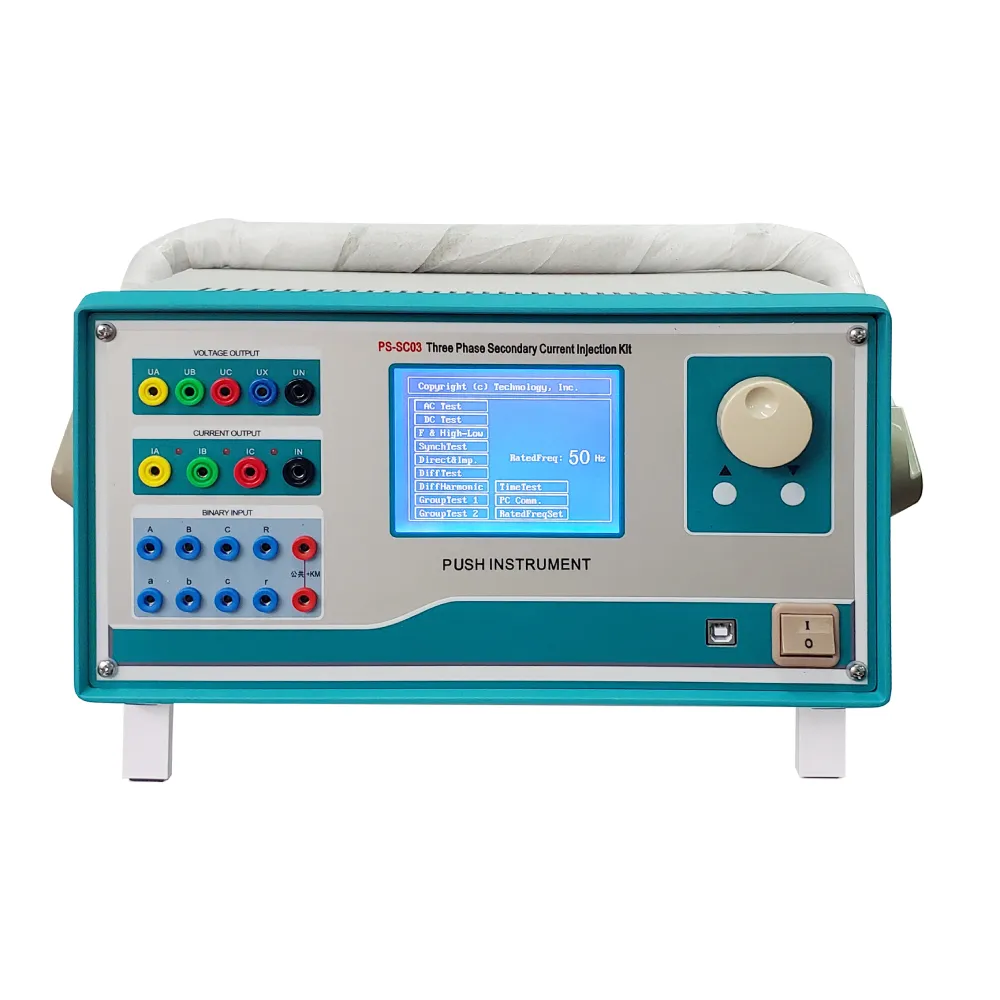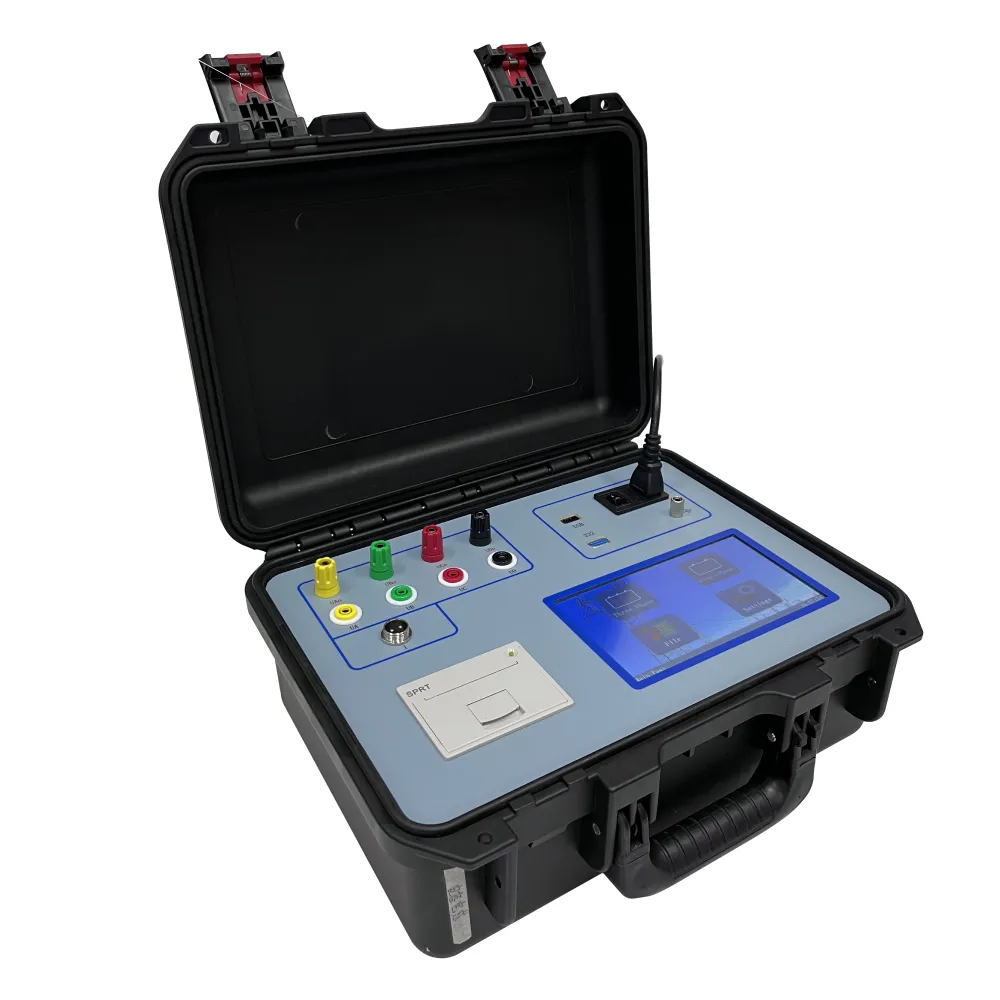TEL:
+86-0312-3189593
 English
English

Telephone:0312-3189593

Email:sales@oil-tester.com

-
 Afrikaans
Afrikaans -
 Albanian
Albanian -
 Amharic
Amharic -
 Arabic
Arabic -
 Armenian
Armenian -
 Azerbaijani
Azerbaijani -
 Basque
Basque -
 Belarusian
Belarusian -
 Bengali
Bengali -
 Bosnian
Bosnian -
 Bulgarian
Bulgarian -
 Catalan
Catalan -
 Cebuano
Cebuano -
 China
China -
 China (Taiwan)
China (Taiwan) -
 Corsican
Corsican -
 Croatian
Croatian -
 Czech
Czech -
 Danish
Danish -
 Dutch
Dutch -
 English
English -
 Esperanto
Esperanto -
 Estonian
Estonian -
 Finnish
Finnish -
 French
French -
 Frisian
Frisian -
 Galician
Galician -
 Georgian
Georgian -
 German
German -
 Greek
Greek -
 Gujarati
Gujarati -
 Haitian Creole
Haitian Creole -
 hausa
hausa -
 hawaiian
hawaiian -
 Hebrew
Hebrew -
 Hindi
Hindi -
 Miao
Miao -
 Hungarian
Hungarian -
 Icelandic
Icelandic -
 igbo
igbo -
 Indonesian
Indonesian -
 irish
irish -
 Italian
Italian -
 Japanese
Japanese -
 Javanese
Javanese -
 Kannada
Kannada -
 kazakh
kazakh -
 Khmer
Khmer -
 Rwandese
Rwandese -
 Korean
Korean -
 Kurdish
Kurdish -
 Kyrgyz
Kyrgyz -
 Lao
Lao -
 Latin
Latin -
 Latvian
Latvian -
 Lithuanian
Lithuanian -
 Luxembourgish
Luxembourgish -
 Macedonian
Macedonian -
 Malgashi
Malgashi -
 Malay
Malay -
 Malayalam
Malayalam -
 Maltese
Maltese -
 Maori
Maori -
 Marathi
Marathi -
 Mongolian
Mongolian -
 Myanmar
Myanmar -
 Nepali
Nepali -
 Norwegian
Norwegian -
 Norwegian
Norwegian -
 Occitan
Occitan -
 Pashto
Pashto -
 Persian
Persian -
 Polish
Polish -
 Portuguese
Portuguese -
 Punjabi
Punjabi -
 Romanian
Romanian -
 Russian
Russian -
 Samoan
Samoan -
 Scottish Gaelic
Scottish Gaelic -
 Serbian
Serbian -
 Sesotho
Sesotho -
 Shona
Shona -
 Sindhi
Sindhi -
 Sinhala
Sinhala -
 Slovak
Slovak -
 Slovenian
Slovenian -
 Somali
Somali -
 Spanish
Spanish -
 Sundanese
Sundanese -
 Swahili
Swahili -
 Swedish
Swedish -
 Tagalog
Tagalog -
 Tajik
Tajik -
 Tamil
Tamil -
 Tatar
Tatar -
 Telugu
Telugu -
 Thai
Thai -
 Turkish
Turkish -
 Turkmen
Turkmen -
 Ukrainian
Ukrainian -
 Urdu
Urdu -
 Uighur
Uighur -
 Uzbek
Uzbek -
 Vietnamese
Vietnamese -
 Welsh
Welsh -
 Bantu
Bantu -
 Yiddish
Yiddish -
 Yoruba
Yoruba -
 Zulu
Zulu
فوریه . 13, 2025 18:40
Back to list
PS-3520 5kv 10kv 15kv Insulation Resistance Tester Megger
Testing a transformer using a multimeter is an invaluable skill for both seasoned electricians and enthusiastic DIY hobbyists. Understanding the nuances of how to effectively test a transformer not only ensures safety but also enhances the longevity of your electrical projects. Here's a comprehensive guide that shares expert insights into the meticulous process of transformer testing with a multimeter, designed to boost your comprehension and confidence.
While resistance testing is pivotal, voltage testing under operational conditions offers a more dynamic assessment of a transformer's functionality. To execute this, restore power to the transformer circuits cautiously and set the multimeter to the AC voltage setting. Measure the input voltage across the primary winding and the output across the secondary winding. These readings should align closely with the transformer specifications provided by the manufacturer. Discrepancies in expected values might suggest saturation, overheating, or inefficient voltage transformation, warranting further exploration. An advanced technique for verifying transformer health involves a short circuit test, focusing on the transformer's ability to withstand and manage shorts effectively. This test is more suitable for experts due to its complexity and the involvement of live circuits. It typically involves deliberately creating a short on the secondary winding and measuring the voltage drop—the transformer must survive the ordeal without undue stress or heating. For comprehensive transformer analysis, integrating visual inspection points alongside multimeter tests benefits credibility. Examine the transformer physically for signs of wear or damage, such as burnt insulation, corrosion, or signs of moisture ingress, which could affect performance. Implementing these testing methodologies effectively requires practice and experience. Engage actively with community forums or access higher-level educational resources for deeper insight. Guides and hands-on workshops offer extensive opportunities to refine proficiency and assure authoritative command over transformer diagnostics. In conclusion, mastering transformer testing with a multimeter strengthens both practical capabilities and theoretical knowledge, promising reliability and robust performance across electrical tasks. By adhering to these testing protocols, you enhance not only the equipment's effectiveness but also fortify your expertise and standing in the field.


While resistance testing is pivotal, voltage testing under operational conditions offers a more dynamic assessment of a transformer's functionality. To execute this, restore power to the transformer circuits cautiously and set the multimeter to the AC voltage setting. Measure the input voltage across the primary winding and the output across the secondary winding. These readings should align closely with the transformer specifications provided by the manufacturer. Discrepancies in expected values might suggest saturation, overheating, or inefficient voltage transformation, warranting further exploration. An advanced technique for verifying transformer health involves a short circuit test, focusing on the transformer's ability to withstand and manage shorts effectively. This test is more suitable for experts due to its complexity and the involvement of live circuits. It typically involves deliberately creating a short on the secondary winding and measuring the voltage drop—the transformer must survive the ordeal without undue stress or heating. For comprehensive transformer analysis, integrating visual inspection points alongside multimeter tests benefits credibility. Examine the transformer physically for signs of wear or damage, such as burnt insulation, corrosion, or signs of moisture ingress, which could affect performance. Implementing these testing methodologies effectively requires practice and experience. Engage actively with community forums or access higher-level educational resources for deeper insight. Guides and hands-on workshops offer extensive opportunities to refine proficiency and assure authoritative command over transformer diagnostics. In conclusion, mastering transformer testing with a multimeter strengthens both practical capabilities and theoretical knowledge, promising reliability and robust performance across electrical tasks. By adhering to these testing protocols, you enhance not only the equipment's effectiveness but also fortify your expertise and standing in the field.
Latest news
-
Testing Equipment Industry Sees Major Advancements in 2025: Smart & Precision Technologies Lead the WayNewsJun.06,2025
-
Applications of Direct Current Generators in Renewable Energy SystemsNewsJun.05,2025
-
Hipot Tester Calibration and Accuracy GuidelinesNewsJun.05,2025
-
Digital Circuit Breaker Analyzer Features and BenefitsNewsJun.05,2025
-
Benefits of Real-Time Power Quality Monitoring Devices for Industrial EfficiencyNewsJun.05,2025
-
Earth Fault Loop Testing in High-Rise Building Electrical SystemsNewsJun.05,2025



